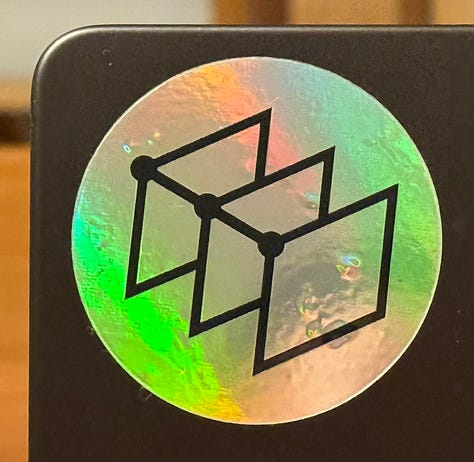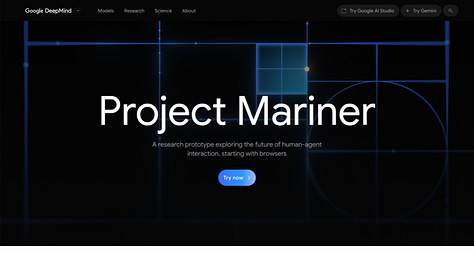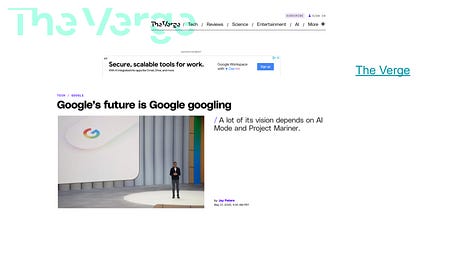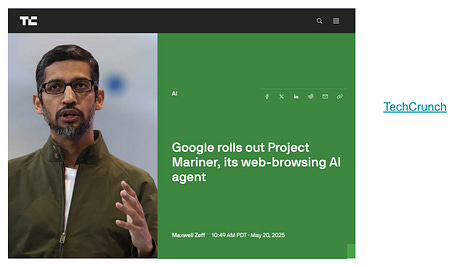Project Mariner Post-Launch Playbook: Neon Signs, AI Insights, and What Users Really Think
How our team celebrates, learns, and uses AI to dissect feedback after a big launch.
After the intense sprint of a big launch, our team has a few traditions to mark the moment and, just as importantly, to start learning. The first, and perhaps most visible, is getting a neon sign. For this latest version of Project Mariner I got a ship’s wheel. It now sits proudly beside the anchor from our initial launch back in December. We also get custom stickers made – they’re small, but these little rituals are part of what makes being on this team so special and fun.



These might seem like simple things, but they’re fun reminders of our collective achievements. Beyond the swag, though, lies another tradition that’s both a great keepsake and incredibly insightful: creating a comprehensive deck of media and user mentions. After all the effort poured into a launch, things can feel like a fleeting memory. This deck helps us capture that moment, but more critically, it becomes a goldmine for understanding how our work landed.
These days, I don't just grab screenshots. I meticulously collect PDFs of articles and snag links to all the YouTube videos. Then, things get really interesting (and efficient!): I feed all this rich media into Gemini via Google AI Studio to help me extract the signal from the noise.
For instance, after our recent Project Mariner launch, I compiled this deck:



From this wealth of information, Gemini helped distill some key takeaways. Here are the Top 5 Things That Resonated Well from this latest launch (as identified by AI and confirmed from what I’ve been reading/hearing):
The Core Concept of an AI Web Agent: The fundamental promise of an AI that can autonomously browse, understand web content, and execute tasks on the user's behalf was widely seen as exciting and the future of web interaction. Users and media alike grasped the potential for delegating complex online activities.
Multitasking and Cloud-Based Execution: The ability for Project Mariner to handle multiple tasks simultaneously and operate in the cloud (freeing up the user's local browser) was highlighted as a significant advantage and a key improvement over earlier concepts of browser agents.
"Teach and Repeat" / Learning Potential: The idea that users could demonstrate a task once and have Mariner learn to replicate it for future automation was a highly anticipated and positively received feature, signaling a more intuitive way to build automations.
Potential for Complex, Multi-Step Task Automation: Demonstrated or discussed use cases like finding a recipe and ordering ingredients, booking travel, or even assisting with coding tasks showcased a high level of potential utility that excited users and reviewers, even if current execution is still developing.
Perceived Value Driver for "Ultra" Tier: For some users interested in advanced AI capabilities, Project Mariner was identified as the most compelling reason to consider the higher-priced "Ultra" subscription, indicating a strong belief in its unique potential.
Pretty cool, right? This is just one piece of the puzzle AI helps us assemble.
Want to see the full prompt I use to get these insights, plus the other key categories AI helps me extract (like emergent use cases and implied feature requests)? And a few more "pro tips" on making this process even more powerful? Keep reading!
Keep reading with a 7-day free trial
Subscribe to Thursday Thoughts on AI to keep reading this post and get 7 days of free access to the full post archives.


